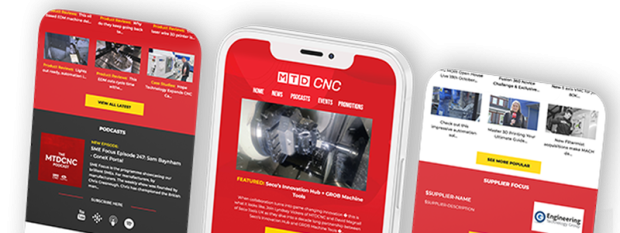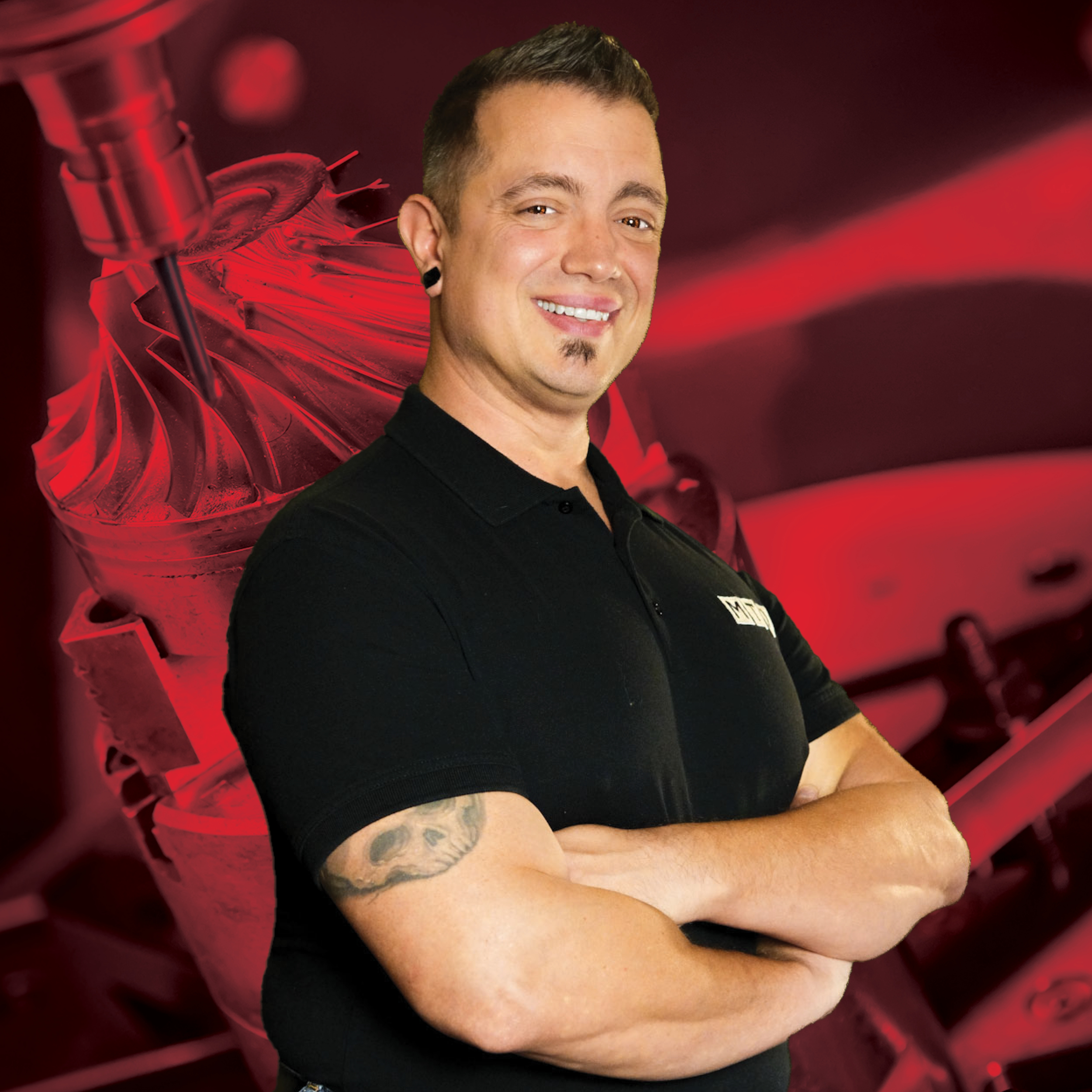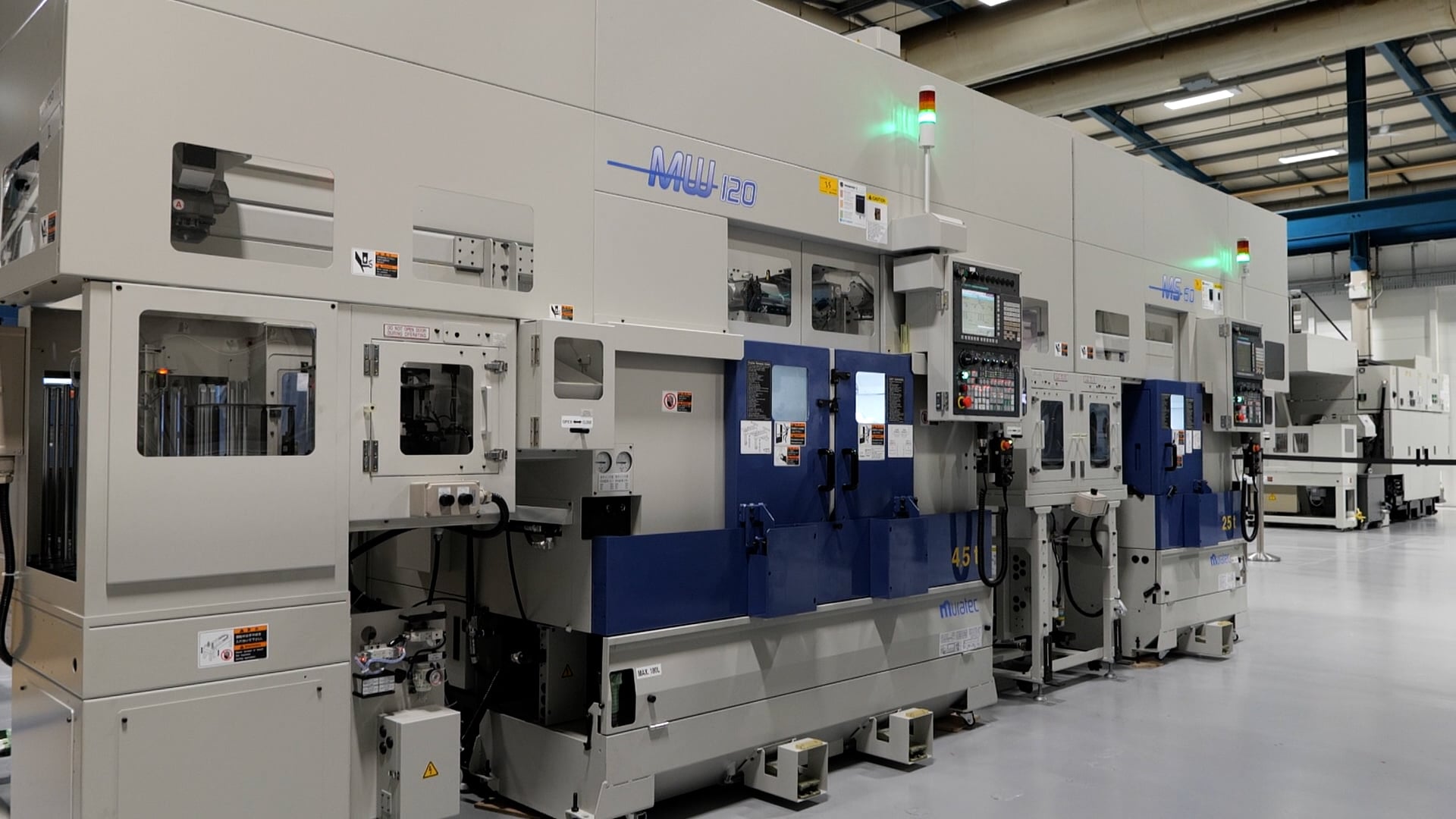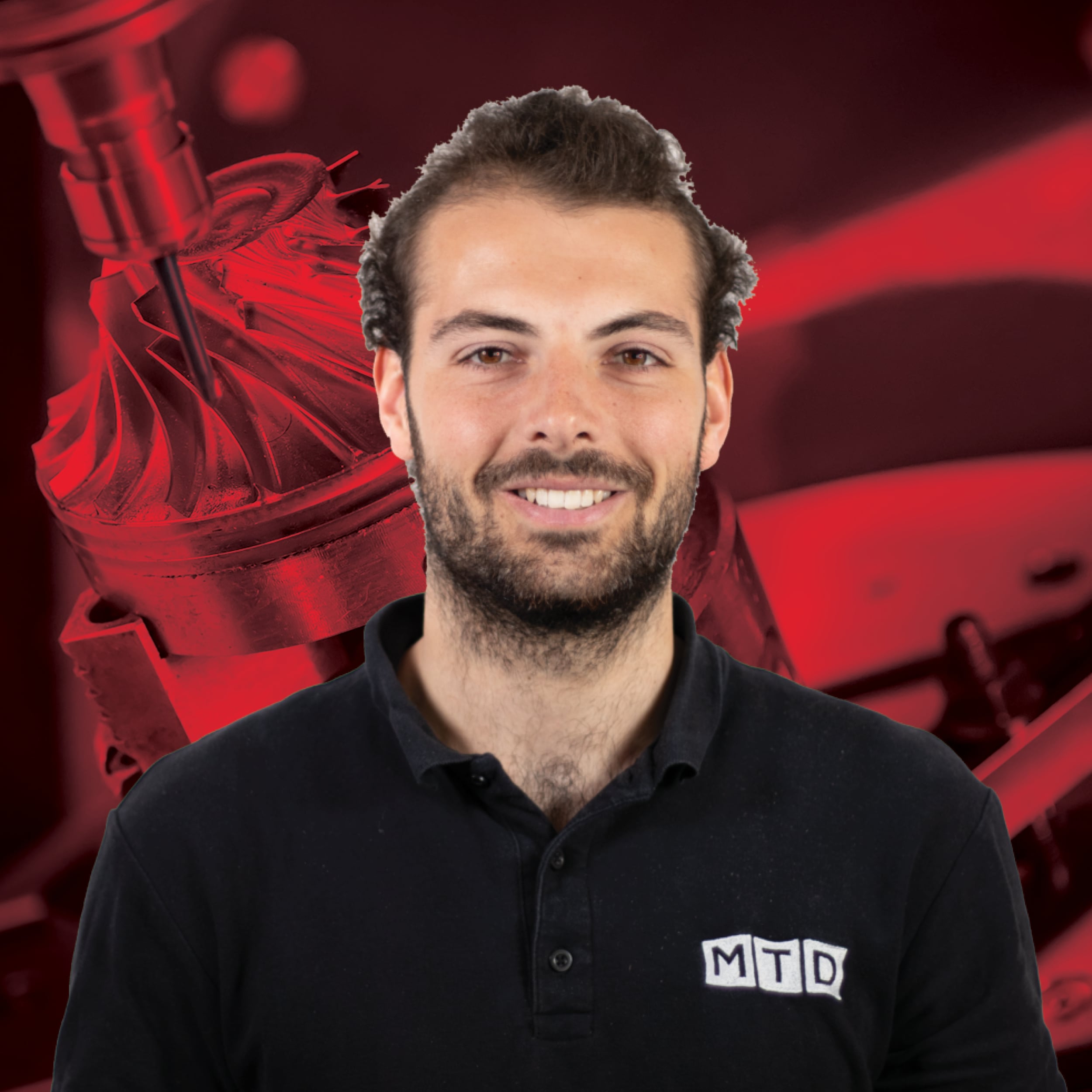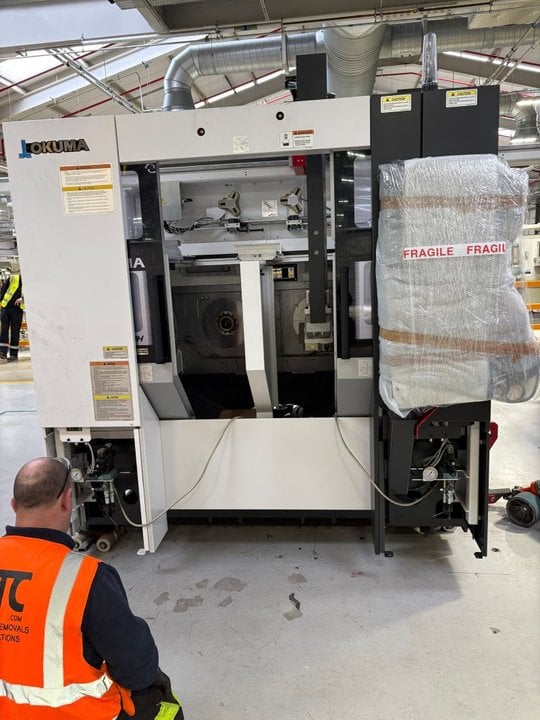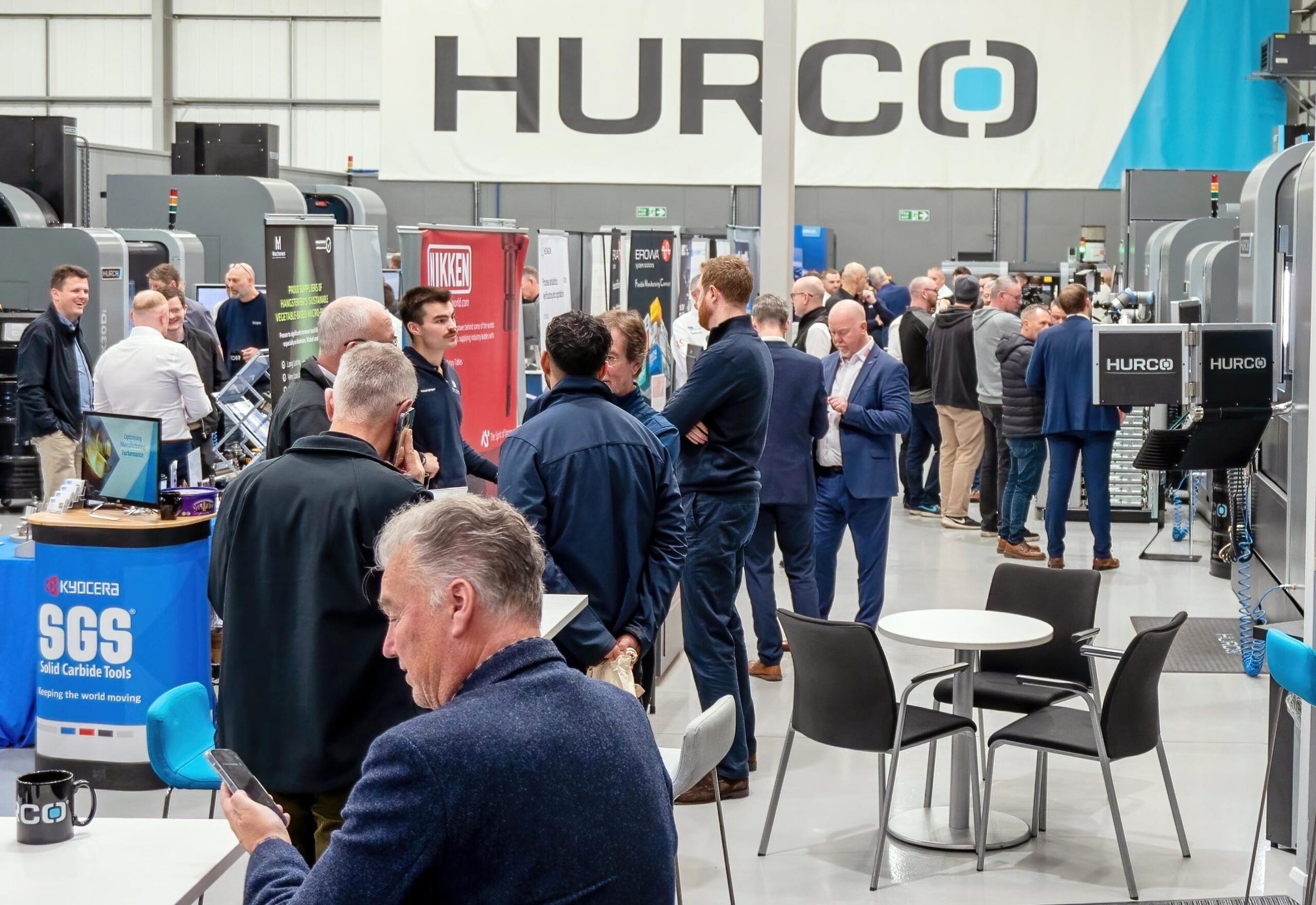
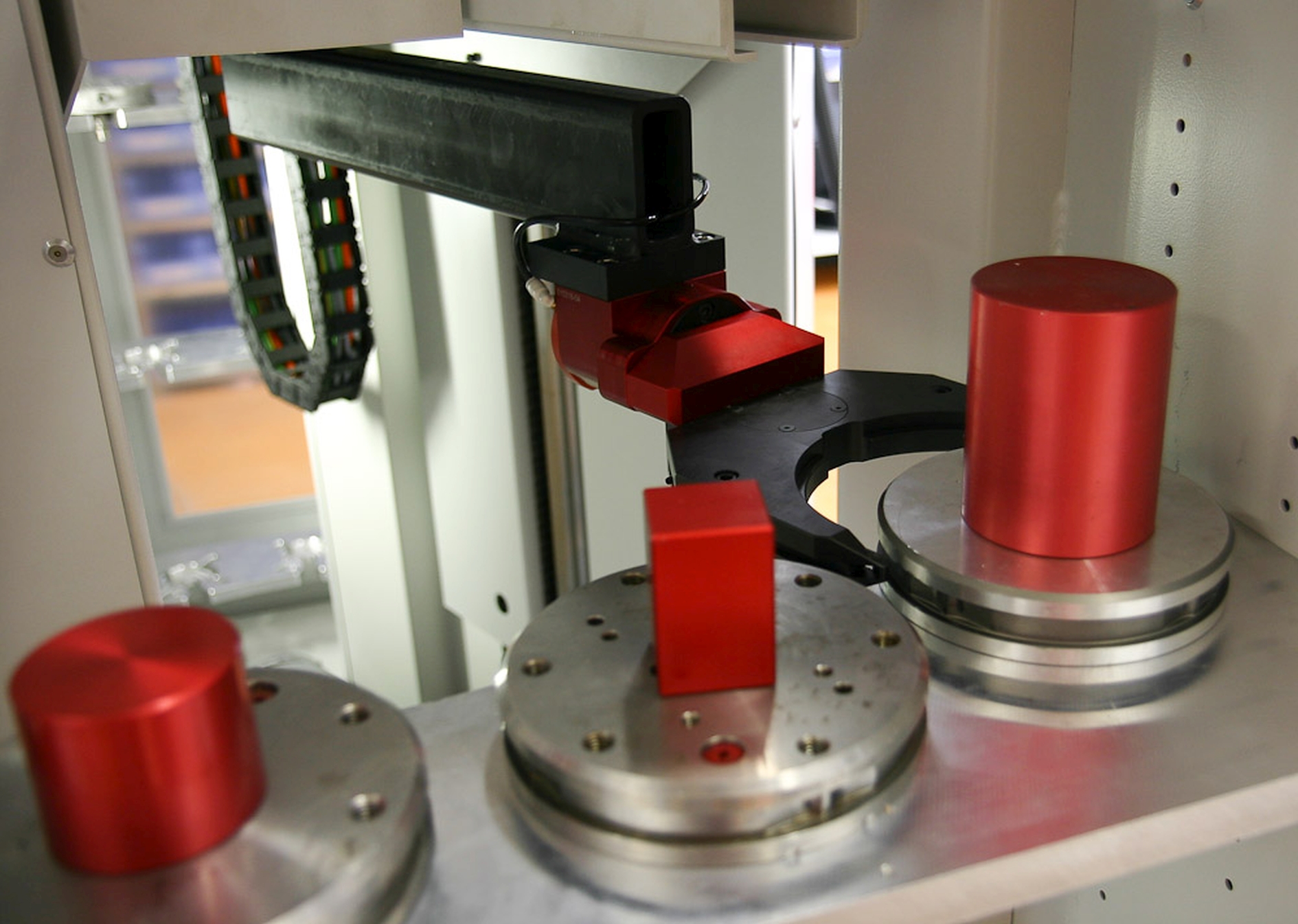
Visitors to the REM Systems Stand 338 in Hall 20 at MACH will be able to speak to experts to find out all about the business benefits from investing in EROWA machine tool automation.
As Managing Director, Ian Holbeche, points out: “With a total of 8,760 hours available each year, the goal for any business is to be productive for every one of them. To achieve this, there are several key stages when automating a manufacturing process, and each step will result in specific efficiency gains and business rewards.”
According to EROWA, the key stages are standardisation, organisation, automation, and integration. “Standardisation is seen as the starting point for many machine shops. More often than not, each machine tool on the shopfloor is attended by an operator. Working this way on a single shift, each year you can achieve 800 hours of production with 1,000 hours of machine downtime. The addition of a ‘Zero Point’ workholding system, such as the Erowa MTS (Modular Tooling System) will provide significant improvements, productive time will increase to 1,200 hours with machine downtime dropping to 600 hours per year.”
Organisation involves using pre-setting systems, so the workpiece is set up on the pallet and the cutting tool assemblies are pre-set with all the offset data sent to the machine tool’s controller so it can start machining with confidence as soon as the guard door is closed. Operating this way, a single shift can expect to achieve 1,600 hours of production with just 200 hours of machine downtime.
The next step is automation. Ian Holbeche states: “Robotic loading and unloading takes the gains achieved in the previous stages and applies them around the clock. Now, you can expect 4,000 production hours from the same machine tool, with 800 hours of downtime.”
Integration is the final stage and uses EROWA JMS Pro, a software control system that can control multi-machine automation systems. It integrates with CAD/CAM to give complete control of the workflow and transfers offset data too. This final stage gets as close as possible to the productive goal, with up to 6,000 hours of production and just 200 hours of downtime.
He concludes: “It may be time to think outside the box when it comes to maximising productivity. Our typical automation customer manufactures high-value components on 5-axis machines. Their production is predominantly complex components in a high variety, low volume with 50-off being considered a large batch. Come and see us at MACH and we will provide an honest assessment of how automation could benefit your production needs.”

